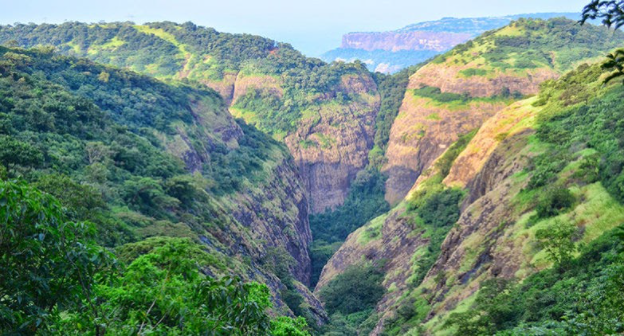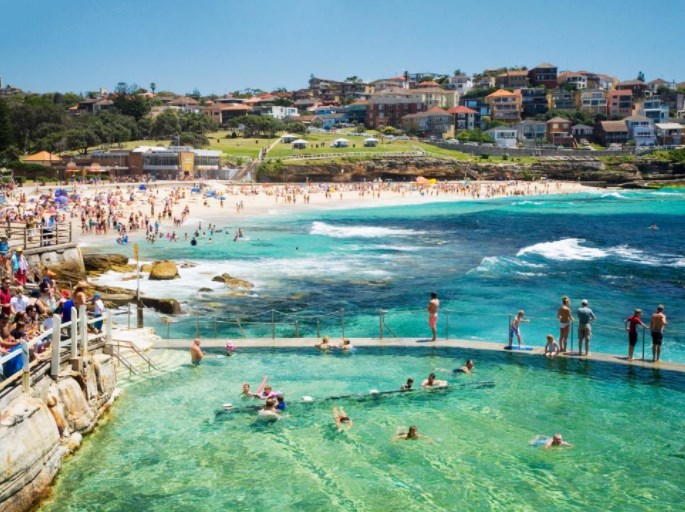With professional teams and cycling companies investing more and more in windbreaks, we all love the “movement of the air”. Marc Abbott shows you how to take your first aerodynamic steps and Simon Richardson gives you tips on finding a street bike.
Whether we visit a 10-mile nightclub on Thursdays, drive with like-minded people, or go on a great trip, we all take advantage of the time savings for aerodynamic perfection. But can airlines make a profit without spending a lot of money?
We spoke to Kevin Quan, chief engineer of Cervélo P3, who is now the technical director of the carbon fibre company Knight Composites. The quickest way to find planes is to sort the position of the wheels.
“The driving position has a greater impact on overall traction,” Quan explains.
“A seated rider with outstretched arms has a CDA – traction factor x front area – of about 4.3. He can reduce it from about 20% to 3.4 if he gets stuck in the race position.
Table of Contents
Credentials
- Sit low on the bike
- Keep your clothes tight
- Invest in the air
- Look at your bikes
Passenger Load Position
Time and cycle cycles are usually lost, but even in the UK, where the time horizon is huge, most riders don’t have TT settings. They run. How does aerodynamics affect you?
The Aero Aerodynamic function always means more than you might think. If you ride an apartment bike path at well over 10km / h, aerodynamic traction is more than half of what slows you down. At 20 km / h almost everything slows down. Even cyclists who attack a mountain with 10% can use a fifth of their energy to overcome wind resistance.
Fortunately, you can make the most of adjusting your posture as about four-fifths of the traction is away from the rider, not the bike.
When riding fast, you can take big strides forward by lowering your head and shoulders under the handlebars and raising your back as high as possible. The most effective way to do this is to bend the angle about 90 degrees and keep your arms parallel to the floor. Older TT’s used drops for this, but most current bikes have lower stances, so you’ll probably feel good keeping your hands on the hood.
The downside is that if you don’t train in this position, your hands will hurt. The drops, although a little slower because the arms are straight, can be stronger. Whatever you use, keep your elbows as tight as possible.
The next step is to lower your shoulders if possible and push your head as far as possible.
Down the freewheel, everything is the same. However, you can raise your hands a little more at the top of the bars on each side of the bar and traverse those corners inward. Fourth to three ‘of pedaling.
Of course you can try to fall on the top tube like Tony Martin, but this is not a very stable position and must be handled with care.
How much can this save? It depends on the driver and the route, but on a moderately hilly 100km route it can take five minutes or more from the normal hood position.
You can earn a little more by avoiding baggy clothes, not filling your pockets with coats, etc. and wearing an airplane helmet.
In general, it’s not surprising that buying an aero bike improves your efficiency, as Quan explains: “If you use an air bike and wheels, you can reduce CDA by another 10% – five percent for the frame. five percent more for the bike.
“Even such an aerodynamic arrangement of the bike saves and further reduces traction when the wind blows from all sides. This cannot be achieved with body position alone. “
Isn’t there a more unstable flat bike that works like a sail?
“Like sailing with a crosswind, you can hang a bicycle in the wind. The border and frame are in velvet and the bases are wedge-shaped. The deeper the edge, the larger the sail, the greater the pressure – the decrease in pulling force. “
One thing we can all do to better control the wind, as Quan suggests, is to fit clothes tightly: “Clothes are tighter. If a rider chooses to carry clothing in a bag, he may set aside the airbag and / or 5% traction of the bike.
“If you want better ventilation, you’d better stick to Lycra.”
Centers
You will have more lateral force with the flat side, air tubes and wheels, but for most of those riders the change they are willing to accept. Modern American Cup boats use strong sails that look and behave like wind tunnels.
The drag coefficient is multiplied by the initial area (in this case, the square foot) to obtain the CDA value. Naturally a crouched driver takes up less space.
The drag coefficient (Cd) of a vertical wheel is 1.0. The DC of a fallen runner is 0.88. The towing factor of a modern car is about 0.4.
The traction equation can be simplified as follows: F = velocity x Cd x A (or tensile strength = square velocity x traction factor x traction area). This tension is usually expressed in grams.
When the bike is tested in the wind tunnel, the total traction weight of the bike and the occupant is usually 3kg.
The driver can narrow the front surface (through the suspension) or the drag coefficient (for objects in the shape of air) or both.
A special road bike is available on the Kent circuit
The Kent Circuit quickly established itself as one of the greatest challenges in the Southeast. There are two routes around the picturesque countryside in Kent: 80 km and 140 km. Both hikes start and finish in Sevenoaks and take place on quiet, signposted and completely busy roads.
This year’s Kent Tour will take place on Sunday 13 September and has the usual extended event support for attendees, including the legendary dinner after dinner. “We’re making sure no one at home is hungry,” organizer Derek Williams told the CW.




